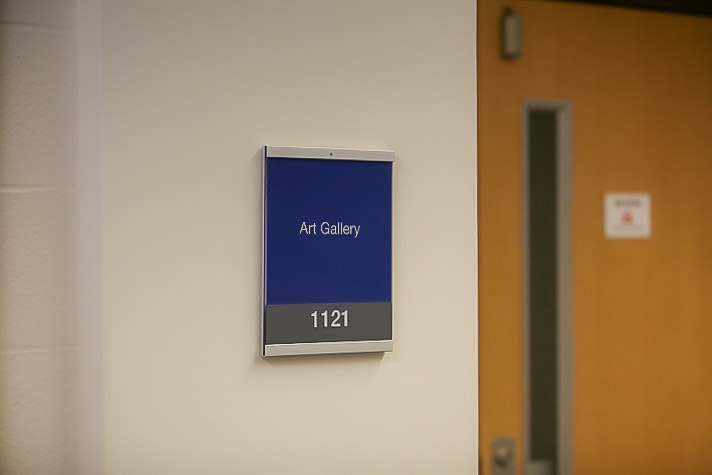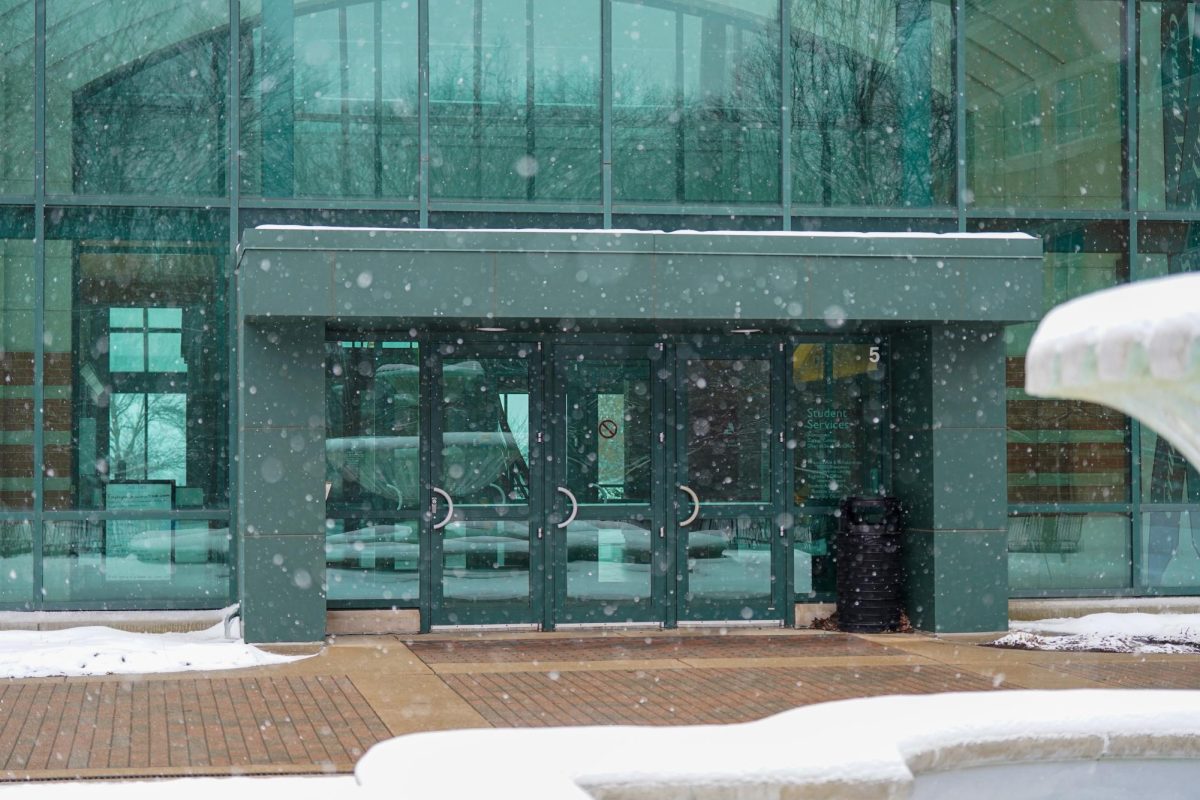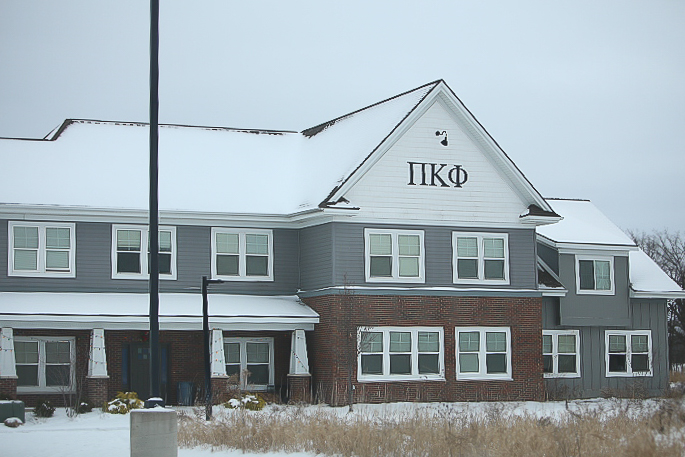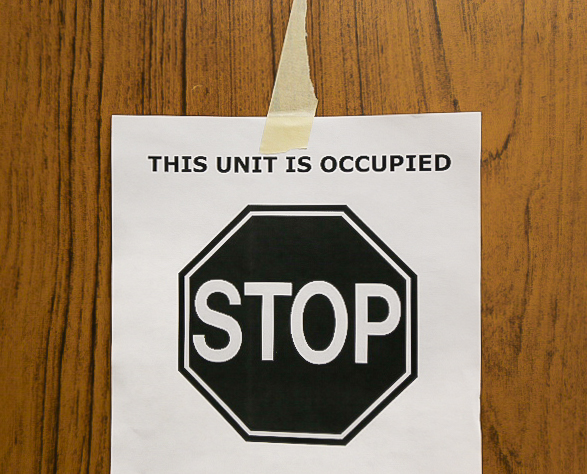Editorial: Derailing safety regulations leads to disaster
Feb 27, 2023
Throughout the country, train derailments aren’t uncommon. However, it isn’t as common to see a catastrophic derailment that leads to environmental hazards, the most prominent being in East Palestine, Ohio.
These derailments showcase the United States’ carelessness in handling safety measurements in situations like this.
Accidents such as this one could be avoided if more regulations were put in place to prevent derailments. When it comes to the transportation of toxic chemicals, there needs to be safety measures to protect the workers, environment and the citizens that live around the tracks.
On Feb. 3, a freight train derailed in Ohio causing 38 of the 150 railcars to derail, after which a fire broke out that damaged 12 other cars. The cars had combustible materials that included vinyl chloride, a flammable and colorless gas.
This forced local officials to order 1,500 to 2,000 citizens to evacuate the area for a total of five days. The chemicals have also led to an estimated 43,700 animals dying within a five-mile radius, with the potential of these numbers rising due to chemical runoff.
Contaminated soil and water from this disaster are being sent to Michigan and Texas facilities, with officials being made aware of the incoming shipments only after the plans were already made. So far, Michigan has disposed of 15 truckloads worth of contaminated soil and five have been sent back to Ohio. Since then, the removal of waste from the derailment site has been halted.
The disaster comes as a result of removing regulations for trains carrying high-hazard, flammable materials. Following several high-profile train derailments in 2014, the Obama administration implemented safety regulations around trains that could result in hazards.
New trains were required to have electric pneumatic brakes to allow all cars of the train to slow down at the same time, allowing for the trains to come to a stop more quickly. Older trains were required to adopt this technology by 2023.
These regulations faced backlash from lobbyists for railway and oil companies who said the cost of these adjustments was too high. In 2018, the Department of Transportation under the Trump administration removed the brake rule saying that it was not economically justified.
Railroad workers have explained that accidents like these are preventable, however, companies are cutting costs which indicates a favoring of profits over safety. Trains are becoming dangerously long and increasingly heavy which puts them more at risk for derailing.
Although these regulations would have not applied to the train that was derailed in East Palestine because the train would not be classified as a “high-hazard cargo train,” both the removal of rules and the accident highlight a larger issue of business and government’s relationship with safety.
Approximately 1,704 trains are derailed in a given year. While the numbers are on a decline, in the 21st century, those counts should be a lot lower. While train derailments are not necessarily out of the ordinary in American public transportation, train derailments causing lots of damage, loss of life or containing hazardous materials are rare. Over the last 10 years, about 10 to 20 derailments each year have involved hazardous materials.

























